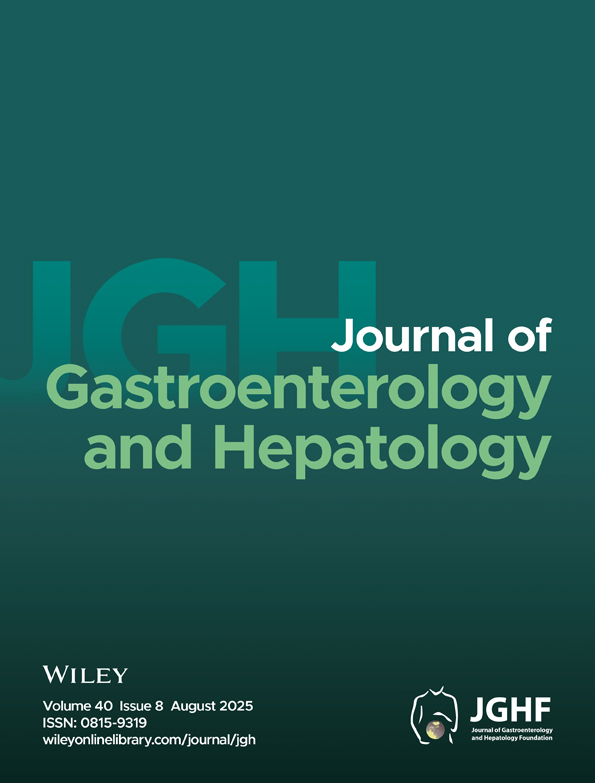Extrahepatic portal venous obstruction and obstructive jaundice: Approach to management
Abstract
Background: Patients with long-standing extrahepatic portal venous obstruction (EHPVO) develop extensive collaterals in the hepatoduodenal ligament as a result of enlargement of the periportal veins. These patients are also prone to develop obstructive jaundice as a result of strictures and/or choledocholithiasis. Surgical management of obstructive jaundice in such patients becomes difficult in the presence of these collaterals.
Aim: To review the approach to management of patients with EHPVO and obstructive jaundice.
Methods: Retrospective review of patients with EHPVO and obstructive jaundice requiring surgical and/or endoscopic management between 1992 and 2002.
Results: Thirteen patients (nine males, aged 12–50 years) with EHPVO and obstructive jaundice were evaluated. No patient had underlying cirrhosis or hepatocellular carcinoma. Five patients (group A) had biliary stricture; three (group B) had choledocholithiasis; and five (group C) had biliary stricture with choledocholithiasis. Primary surgical management was performed in group A (portosystemic shunt in four-strictures resolved in three; hepaticojejunostomy in one). In group B (n = 3) endoscopic stone extraction was successful in two patients. One patient underwent staged procedure (portosystemic shunt followed by biliary surgery). In group C, initial endoscopic management failed in four patients in whom it was attempted. All five patients thereafter underwent surgery (staged procedure, one; choledochoduodenostomy, one; devascularization, one; abandoned, two). Repeat postoperative endoscopic management was successful in two of the group C patients. Overall (group B and C), massive intraoperative hemorrhage occurred in three patients (one died). Postoperative hemorrhage occurred in one patient.
Conclusion: In patients with EHPVO and obstructive jaundice, primary biliary tract surgery has significant morbidity and mortality. Endoscopic management should be the preferred modality. In patients with endoscopic failure, a staged procedure (portosystemic shunt followed by biliary surgery) should be preferred. Strictures alone may resolve after a portosystemic shunt. Endoscopic stenting may be required as an adjunct.




